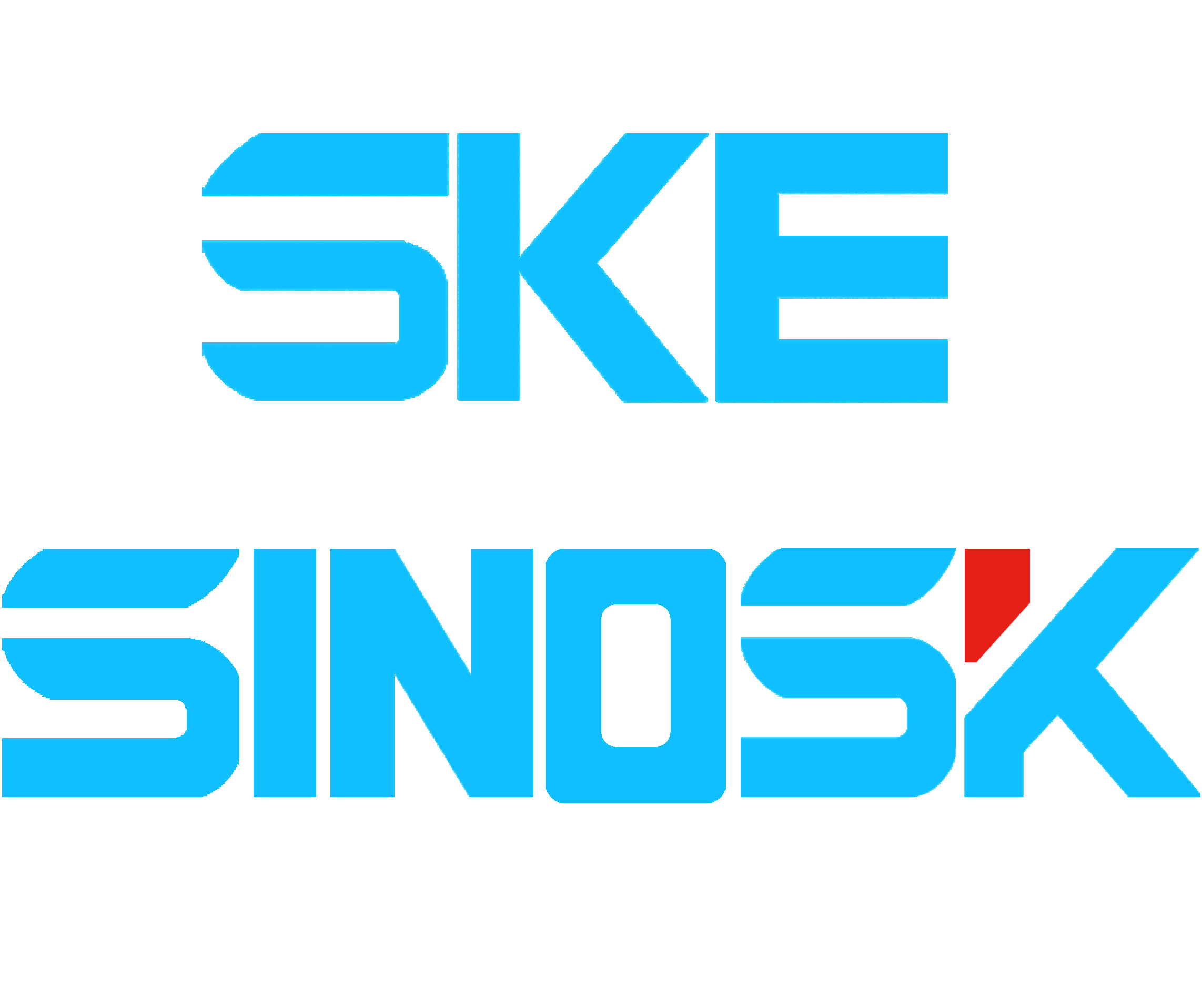The radar liquid level sensor is a sensor that uses the principle of microwave reflection on the liquid surface to measure the liquid level. It comes in two main types: frequency modulated continuous wave radar sensors and guided wave radar level sensors. What is the difference between them? What kind of scenes are they suitable for?

FMCW Radar Sensor
Frequency modulated continuous wave radar sensor is a non-contact sensor for measuring liquid level. It consists of antenna system, transmitting and receiving module and signal processing module. Here's how it works: An antenna system sends constantly changing electromagnetic waves into the medium at frequencies between 77 and 81 GHz. Since the frequency of the transmitted signal varies continuously, there is a frequency difference between the transmitted signal and the reflected signal. Subtracting the frequency of the reflected signal from the frequency of the transmitted signal at the same time yields a low-frequency signal proportional to the distance from the liquid level. By further processing this signal, a reliable and highly accurate level measurement can be obtained quickly.
Frequency modulated continuous wave radar sensors use high-frequency 77-81 GHz microwaves, which can achieve small beam angles, high-resolution and high-precision measurements, but not suitable for transparent liquids. It is suitable for non-contact measurement, and can be used for high temperature, high pressure, corrosive, volatile or toxic liquids, and or for solid materials like fly ash, sand, asphalt, etc. Its advantages are no medium pollution or corrosion, high measurement accuracy and simple installation. The disadvantage is that it is greatly affected by the container shape and the price is relatively high.
Guided Wave Radar Liquid Level Sensor
The guided wave radar liquid level sensor is a sensor for contact measurement of liquid level. It consists of antenna system, transmitting and receiving module and signal processing module. Its working principle is: the antenna system transmits microwave pulses at a certain frequency and receives the reflected echo signals. The transmitting and receiving module converts the echo signal into an electrical signal and compares it with the transmitting signal to obtain the time delay between the echo signal and the transmitting signal. The signal processing module calculates the distance between the antenna system and the surface of the measured medium according to the time delay, and converts it into the corresponding liquid level value according to the known parameters.
Guided wave radar liquid level sensor uses low frequency 1-6 GHz microwave, which can be applied to various media types and states, such as water, oil, emulsion, foam, etc. It is suitable for contact measurements and requires the use of metal receiving panels or coaxial pipes of at least 150 mm² or 150 mm diameter for proper decoupling of radar pulses. Its advantage is that it is not affected by the shape of the container, and it also has a good response ability to low dielectric constant media. Its disadvantage is that it is greatly affected by the adhesion of the medium and the installation is more complicated.
In summary, frequency modulation continuous wave radar sensor and guided wave radar liquid level sensor have their own advantages and disadvantages, and the appropriate sensor type should be selected according to the actual situation in specific applications. Frequency modulated continuous wave radar sensors are more suitable for non-contact measurement, and have strong adaptability to harsh environments such as high temperature, high pressure, and corrosiveness, but the price is higher; guided wave radar liquid level sensors are more suitable for contact measurement, and are suitable for various media Both type and state are more responsive, but more complicated to install.

 CN
CN


